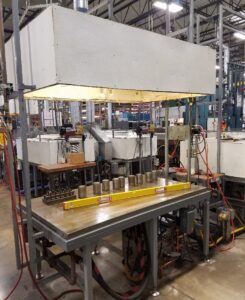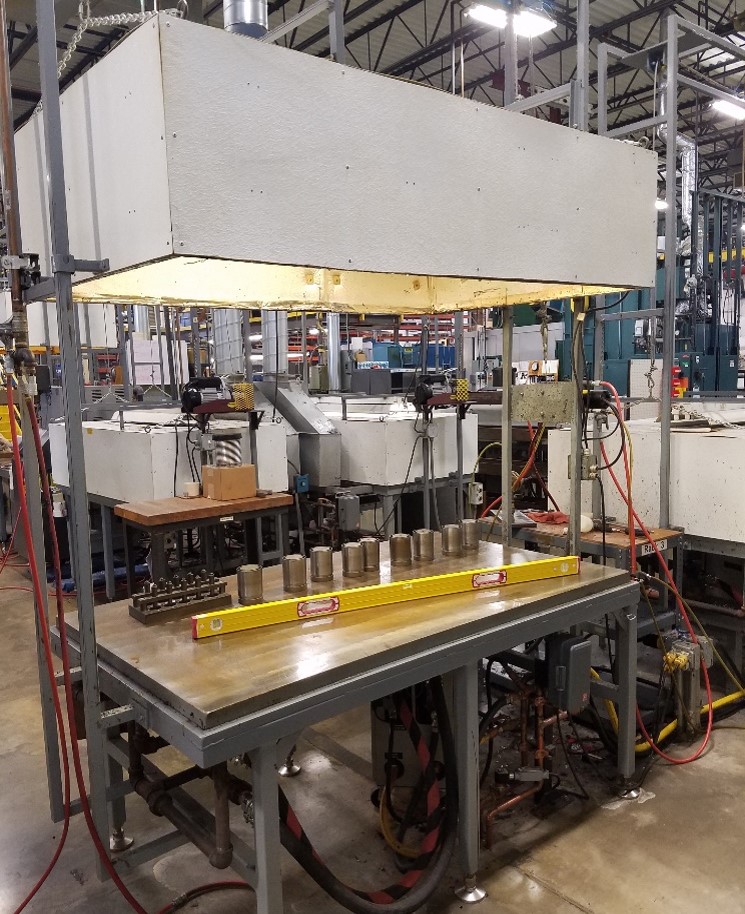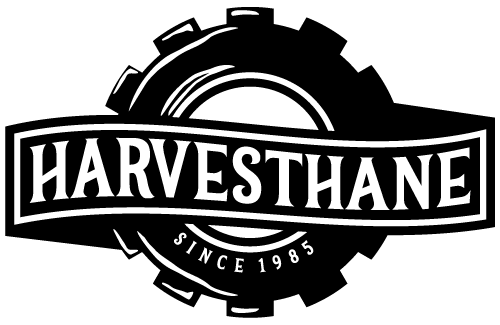Part One
Last week, we announced that the Molded Dimensions Team earned best technical paper. Now, we’re going to explain what they did to receive the honor.
 The Problem
The Problem
The Urethane Restoration Team sought to find the root cause of the amount of scrap that was being produced each week at Molded Dimensions. In a typical scrap meeting, a manager brings bad parts and asks why so many were made and how that can be avoided. The manufacturing lead might explain that the part is touchy or tough to use, making the operator work extra careful. Every week, the team would promise to be more careful, but the scrap percentage never changed. Leads found it hard to train people to be urethane molders because they needed to remember a long and ever-changing list of “magic tricks” to make each part perfectly.
Our company decided that we wanted to do a better job getting to the true root cause of the production problems we were having in urethane molding. We launched a cross functional team of experts from quality, manufacturing, materials, maintenance, and engineering who worked together for five years to improve our urethane molding equipment and processes. They called themselves the “Urethane Restoration Team”.
Over a five-year period our cross-functional Urethane Restoration Team studied problem part after problem part, brainstorming root causes, testing theories, identifying root causes, and then improving our urethane molding equipment and processes. The team slashed scrap rates from over 3% to 1.5% while making it physically and mentally much easier to be a urethane molder. They made changes to our presses, hot tables, hot table covers, molds, mixer buckets, vacuum mixer, and trimming machines. Along the way, they also found it necessary to make changes in how we mold, measure temperature, prepare material, hire molders, train coworkers, maintain equipment, and document processes.
Stay tuned for the next installment: The Strategy.




